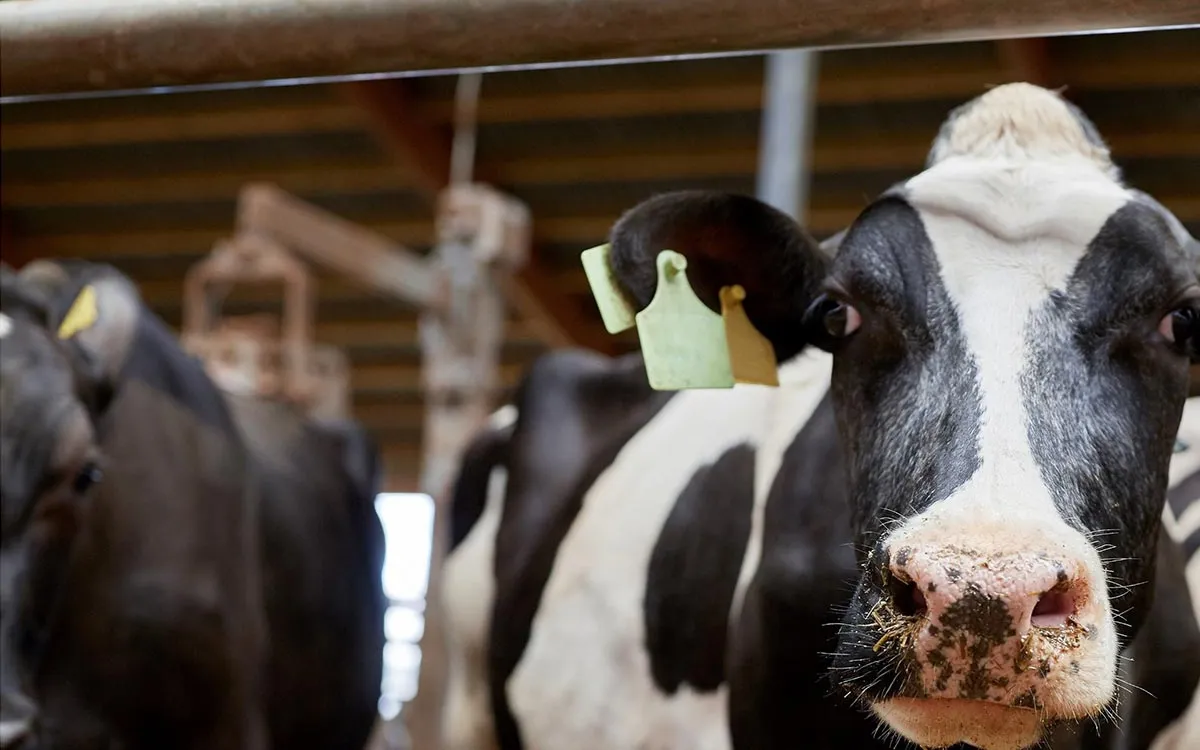
The recent emergence of H5N1 bird flu in U.S. dairy cattle marks a significant and alarming development in public health. For the first time, the highly pathogenic avian influenza (HPAI) virus has crossed into cattle, originating from a single spillover event involving a wild bird. This incident, traced back to Texas in mid-to-late 2023, initiated a series of undetected transmissions among dairy cows across multiple states over several months.
Researchers have identified that the spread of H5N1 in U.S. dairy cattle can be linked to a single spillover from a wild bird. This alarming discovery has raised concerns about the virus’s growing potential to cause a pandemic, as it continues to evolve and jump between various species. HPAI viruses, particularly the H5N1 strain, are notorious for their serious risks to animal health, agriculture, and potentially human health due to their ability to cross species barriers.
The specific strain causing concern is the H5N1 clade 2.3.4.4b, which has already spread globally, infecting wild birds, poultry, and various mammals, including a limited number of humans. The potential for this virus to cause a future pandemic cannot be ignored, making it a critical focus for scientists and public health officials alike.
In early 2024, the H5N1 strain was detected in dairy cattle across several states in the U.S., representing an unexpected shift into a species not typically associated with the virus. To understand the dynamics of this outbreak, Thao-Quyen Nguyen and colleagues conducted a thorough study of the virus’s evolution and transmission after its arrival in North America in late 2021. Their research involved analyzing genetic data from over 100 virus samples that had intermingled with local, less dangerous strains of bird flu.
Additionally, the team sequenced genomes from infected cattle and reviewed outbreak reports. Their findings indicate that a solitary bird-to-cow transmission event in Texas during mid-to-late 2023 initiated the outbreak, which went unnoticed for months as the virus spread silently from cow to cow.
Once the virus infiltrated the cattle population, its transmission accelerated rapidly. The movement of infected or presymptomatic cows facilitated the spread of H5N1 from Texas to various states, including North Carolina, Idaho, Michigan, Ohio, Kansas, and South Dakota. However, the virus did not limit its reach to cattle alone; it also infected other species, including poultry, raccoons, domestic cats, and wild birds such as grackles, blackbirds, and pigeons.
Genetic analysis has shown that the H5N1 virus has developed mutations associated with adaptation to mammals. Alarmingly, some of these mutations have become firmly established within the viral population. Nguyen and colleagues emphasize the importance of coordinated efforts among regulatory agencies and the collaboration between animal and public health organizations to mitigate the health risks posed by transboundary pathogens like the influenza A virus.
In conclusion, the recent spread of H5N1 bird flu into U.S. dairy cattle is a critical public health concern that requires immediate attention. As the virus continues to evolve and expand its reach, it is imperative for health agencies to work together to minimize the risks associated with this potential pandemic threat.